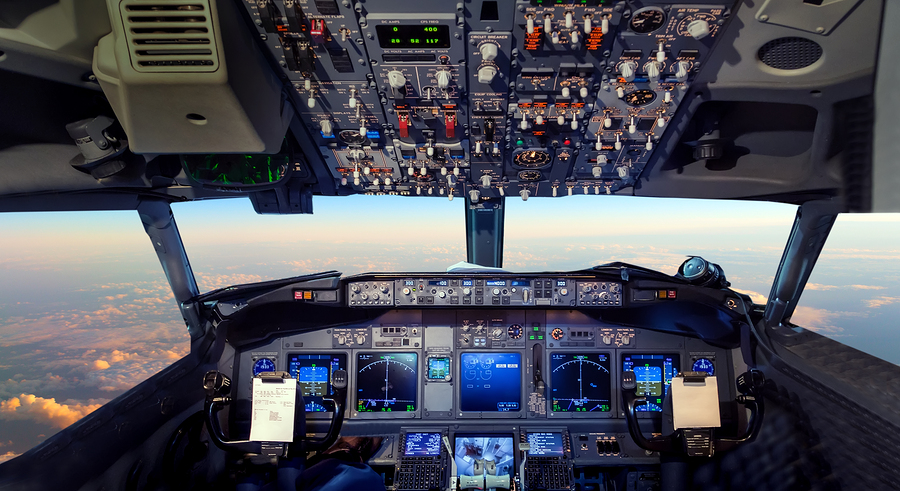Artificial intelligence (AI) is more than a buzzword. Having become a reality in aerospace some time ago, it is growing exponentially today thanks to partnerships with universities. What are they? What are the aerospace sectors that will benefit from artificial intelligence? What obstacles do companies have to overcome?
Researchers and engineers at the service of artificial intelligence
Aerospace companies that a long time ago developed a working framework, particularly organizational and legal, with universities have a head start in the race to artificial intelligence. This is the case for CAE (flight simulators) for the last 15 years and, more recently, for Boeing which in 2015, together with Carnegie Mellon University, created an aerospace data analytics laboratory. Similarly, when the US Air Force in 2016 joined up with Psibernetix and the University of Cincinnati, the results are conclusive. Gene Lee, a trainer in the United States Air Force for 20 years, was abruptly beaten, repeatedly, by fighter jets piloted by Alpha, a technique derived from so-called fuzzy logic algorithms.
Who benefits from artificial intelligence in the aerospace industry?
Hundreds of sensors that will equip tomorrow’s aircraft will generate vast quantities of information that the algorithms will process, understand, interpret. Then each department of the company will benefit from it. Thus, maintenance will no longer be at the pace of a maintenance schedule, but will be dictated by algorithms that will specify when the aircraft needs maintenance (increased safety, time saving). This is maintenance, it might be mentioned, that could be done by a robot in 15 minutes, compared to several hours required today. As for air traffic, AI can greatly improve management with fuel savings of up to 10%. In the cockpit artificial intelligence can not only improve the autopilot in dealing with factors of human error (fatigue, stress, information overload, inadequate training), but may in time be the only pilot on board Yes, a self-piloting aircraft by 2025 is one of Boeing’s projects. It might be a few years before passengers can be convinced to get on board.
Obstacles to development of artificial intelligence
Development of artificial intelligence in aerospace could be slowed by several obstacles. From a legal point of view, there is a double problem – excessive regulation (in air traffic) restricts such rapid technological developments (drone) that companies face a legal vacuum. Then, artificial intelligence can only be fully used in companies if they make changes: organizational by focusing more on collaboration and accountability as well as cultural by daring to take risks – such as Elon Musk, for whom it is important to dare to launch and who sees, in the failure of some of his projects, a way of gaining experience at lower cost. Finally, the question of skilled labour specializing in algorithms and big data is crucial. As yet unknown five years ago, this profile pulls in not only aviation but many other sectors, both in Canada and around the world.
The man on the street is surprised to see how fast artificial intelligence is incorporated into aviation. Hardly a day goes by without hearing of new ambitious goals or the creation of a research centre. The latest is cortAIx, the AI Research and Technology Centre, which will be created by Thales in Montreal to design an offer for the aerospace field.
